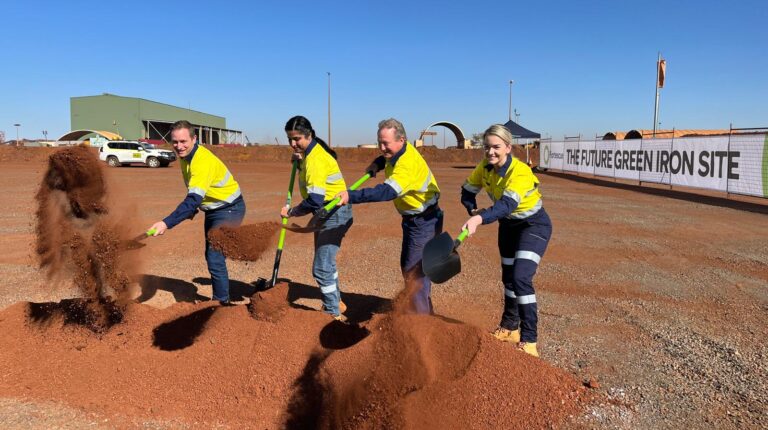Fortescue has started work on its Green Metal Project in the Pilbara region of Western Australia, as part of efforts to establish a green metal supply chain. The project, located at the Green Energy Hub at Christmas Creek, involves a US$50m investment and is expected to produce over 1,500 metric tons of green iron metal annually, with production set to begin in 2025.
The plant will use green hydrogen, generated at Fortescue’s hydrogen facility — the largest of its kind in Australia — along with an electric smelting furnace to produce high-purity green metal. This green metal will be suitable for use in steel plants worldwide.
According to the company, the hydrogen plant at the Green Energy Hub can produce approximately 530kg of hydrogen gas per day, or around 195 metric tons annually. The facility is partly powered by solar energy and includes a gaseous hydrogen refuelling station, supported by a A$2m (US$1.35m) grant from the WA government’s Renewable Hydrogen Fund. This station is used to refuel a fleet of 10 hydrogen-powered coaches at Christmas Creek.
Fortescue executive chairman Dr Andrew Forrest AO and Fortescue Metals CEO Dino Otranto marked the start of civil works at the Christmas Creek site with a ceremony. Forrest said, “Today is a celebration of innovation, collaboration and stretch targets, and marks a pivotal moment in Fortescue’s journey to build a green metal supply chain.”
He also noted the environmental importance of the project: “Iron and steel are the backbone of our infrastructure, but traditional production processes are major sources of greenhouse gas emissions. By rethinking the entire iron and steel value chain, we can create a new, green industry in Australia.”
In addition to hydrogen production, the Green Energy Hub features a hydrogen liquefaction facility, liquid hydrogen storage and a refuelling station. It also supports Fortescue’s zero-emission decarbonization prototypes, including a hydrogen-powered haul truck prototype and a battery electric haul truck prototype with a 3MW fast charger.
WA Premier Roger Cook highlighted the broader impact of the project: “WA is on its way to becoming a global clean energy powerhouse and a major producer, user, and exporter of green iron.”


